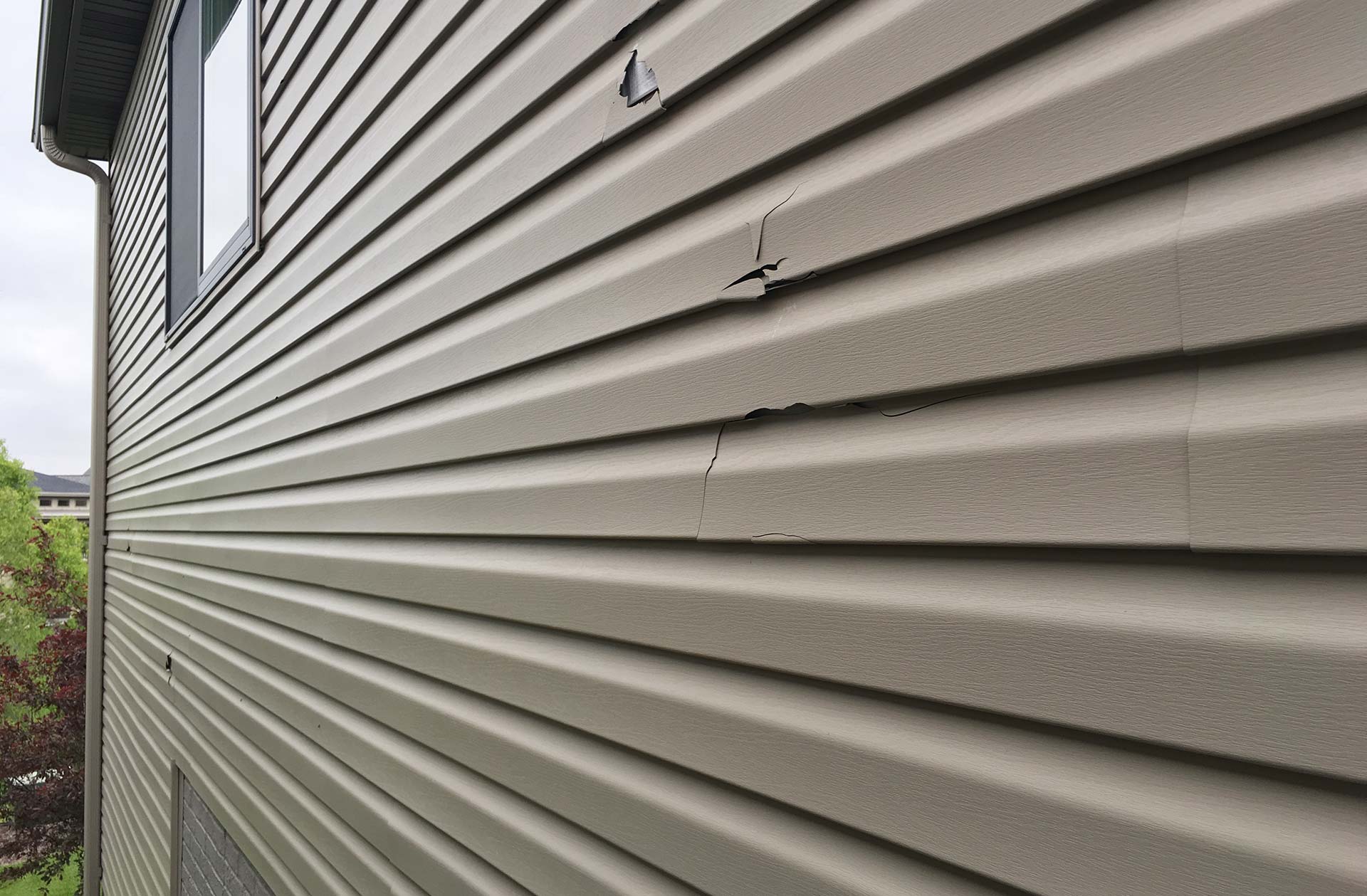

Articles
When To Replace Siding On House
Modified: January 8, 2024
Learn when to replace the siding on your house with informative articles that provide guidance and tips for making the right decision.
(Many of the links in this article redirect to a specific reviewed product. Your purchase of these products through affiliate links helps to generate commission for Storables.com, at no extra cost. Learn more)
Introduction
Welcome to the world of home improvement! Your house is more than just a shelter; it’s a reflection of your personal style and a significant investment. One of the key elements that protects your home from the harsh elements and adds to its overall aesthetic appeal is the siding. Siding not only enhances the curb appeal of your house but also serves as a protective barrier against moisture, pests, and temperature fluctuations.
Over time, however, siding can become worn, damaged, or outdated, compromising its functionality and visual appeal. Knowing when to replace your siding is crucial to ensure the integrity of your home and maintain its value. In this article, we’ll explore the signs that indicate it’s time to replace your siding, factors to consider before replacing, types of siding materials available, and the costs involved. So, let’s dive in!
Key Takeaways:
- Regularly inspect your siding for signs of damage such as cracking, warping, or rot to prevent further issues and maintain your home’s integrity.
- Consider factors like budget, climate, and maintenance requirements when choosing the right siding material for your home to ensure longevity and optimal performance.
Read more: When To Replace Cedar Shingle Siding
Signs of Damaged Siding
It’s important to keep an eye out for any signs of damage or deterioration in your siding. Ignoring these signs can lead to more significant issues, such as water damage, mold growth, or pest infestations. Here are some common signs that indicate your siding may need to be replaced:
- Cracking or Splitting: If you notice cracks or splits in your siding, it’s a clear indication of deterioration. These openings allow moisture to seep into the underlying layers, leading to potential damage.
- Warped or Buckled Siding: Over time, siding can warp or buckle due to exposure to extreme temperatures or moisture. This can result in an uneven appearance and compromised protection.
- Rot or Decay: If your siding is made of wood, be vigilant for signs of rot or decay. Soft or spongy areas, discoloration, or crumbling sections indicate that the siding has reached the end of its lifespan.
- Mold or Mildew Growth: Excessive moisture can cause mold or mildew to grow on your siding. Not only is this unsightly, but it can also be a health hazard. If you notice mold or mildew, it’s essential to address the issue promptly.
- Peeling or Fading Paint: If the paint on your siding is peeling, flaking, or fading, it’s a sign that the protective layer has been compromised. This leaves your siding vulnerable to weather damage and reduces its visual appeal.
- Insect Infestations: Woodpecker holes, termite damage, or signs of other insect infestations are indications that your siding may be compromised. These pests can cause structural damage and should be addressed immediately.
If you notice any of these signs, it’s crucial to have a professional inspect your siding to assess the extent of the damage. They will be able to determine if repairs can be done or if a full siding replacement is necessary.
Determining the Lifespan of Siding
The lifespan of your siding depends on various factors, including the type of material used, the quality of installation, and the level of maintenance. Understanding the average lifespan of different siding materials can help you determine when it’s time to replace your siding:
- Vinyl Siding: Vinyl siding is known for its durability and low maintenance. On average, vinyl siding can last anywhere from 20 to 40 years. Proper maintenance, such as regular cleaning and inspection, can extend its lifespan.
- Wood Siding: Wood siding adds warmth and natural beauty to a home. However, it requires more maintenance and is susceptible to rot, pests, and weather damage. With proper care, wood siding can last around 20 to 30 years.
- Fiber Cement Siding: Fiber cement siding is a popular choice due to its durability and resistance to insects, rot, and fire. It can have a lifespan of 30 to 50 years or more, depending on the brand and maintenance.
- Aluminum Siding: Aluminum siding is lightweight, resistant to rust, and can last around 25 to 35 years with proper care. However, it may dent and fade over time.
- Brick or Stone Veneer Siding: Brick or stone veneer siding is exceptionally durable and can last for over 100 years or more with minimal maintenance. However, it may require occasional repointing or repairs to the mortar.
It’s essential to note that these are general estimates, and the actual lifespan of your siding will depend on various factors. Factors such as climate, exposure to harsh weather conditions, and the level of maintenance will impact the longevity of your siding.
Regular inspections and maintenance can help you identify any signs of damage early on and extend the lifespan of your siding. It’s recommended to have a professional inspect your siding every few years or after severe weather events to ensure its continued functionality and protection for your home.
Factors to Consider Before Replacing Siding
When it comes to replacing your siding, there are several important factors to consider. Taking these factors into account can help you make an informed decision and ensure a successful siding replacement project. Here are some key factors to consider:
- Budget: Determine your budget for the siding replacement project. Consider the cost of materials, labor, and any additional expenses such as permits or unforeseen repairs.
- Goals and Priorities: Identify your goals and priorities for the new siding. Are you looking for increased energy efficiency, improved curb appeal, or better durability? Understanding your needs will help you choose the right siding material and design.
- Climatic Conditions: Consider the climate in your area. Different siding materials have different levels of resistance to extreme weather conditions. Choose a material that is suitable for your climate to ensure longevity and optimal performance.
- Maintenance Requirements: Assess how much time and effort you can devote to siding maintenance. Some materials require more regular maintenance, such as painting or staining, while others are more low-maintenance.
- Architectural Style: Take into account the architectural style of your home. Select a siding material and design that complements the overall aesthetic of your house.
- Energy Efficiency: Consider the energy efficiency of the different siding materials. Insulated siding or materials with higher R-values can help improve the energy efficiency of your home and potentially save on heating and cooling costs.
- Environmental Impact: If sustainability is important to you, research the environmental impact of the siding materials you’re considering. Look for options that are eco-friendly and made from recycled or renewable materials.
- Color and Finish: Think about the color and finish of the siding. Consider whether you want a material that requires painting or staining, or if you prefer a pre-finished option.
By carefully considering these factors, you can choose the right siding material and design that meets your needs and achieves your desired goals. It’s also advisable to consult with a professional siding contractor who can provide expert advice and guide you through the decision-making process.
Types of Siding Materials
When it comes to siding materials, there are a wide variety of options to choose from. The right material for your home will depend on factors such as budget, climate, desired aesthetic, and maintenance requirements. Here are some common siding materials to consider:
- Vinyl Siding: Vinyl siding is one of the most popular choices due to its affordability, versatility, and low maintenance. It is available in a wide range of colors and styles and is resistant to rotting, warping, and pests. Vinyl siding is also relatively easy to install, making it a cost-effective option for many homeowners.
- Wood Siding: Wood siding offers a beautiful, natural aesthetic and can enhance the character of any home. Cedar, redwood, and pine are common wood siding choices. While wood siding requires more maintenance, such as regular painting or staining and sealing, it provides excellent insulation and durability when properly cared for.
- Fiber Cement Siding: Fiber cement siding is a durable, low-maintenance option that is resistant to fire, insects, and rot. It is composed of a mixture of cement, sand, and cellulose fibers, giving it the appearance of wood siding without the associated maintenance. Fiber cement siding can be painted in a variety of colors and can mimic the texture of wood or stucco.
- Aluminum Siding: Aluminum siding is lightweight, durable, and resistant to rust. It is available in a range of colors and finishes and can be easily cleaned with water and a mild detergent. However, it may dent or scratch more easily than other siding materials and can fade over time.
- Brick/Stone Veneer Siding: Brick or stone veneer siding offers a classic and timeless look. Made from thin slices of real brick or stone, it provides the appearance of solid masonry without the weight and expense. Brick or stone veneer siding is durable, long-lasting, and requires minimal maintenance.
- Composite Siding: Composite siding is a blend of materials, often including wood fibers and recycled plastics. It offers the natural look of wood with improved durability and resistance to rot, insects, and weather damage. Composite siding comes in various textures and can be painted or stained.
Each siding material has its own advantages and considerations, so it’s important to research and weigh your options carefully. Consult with a professional siding contractor who can provide guidance and help you select the right siding material that suits your home’s style, budget, and maintenance preferences.
Tip: Replace siding when it shows signs of damage, such as rot, warping, or mold. Also consider replacement if it’s faded, cracked, or requires frequent painting.
Read more: What Is Behind Siding On A House
Hiring a Professional vs. DIY Siding Replacement
When it comes to replacing siding, one of the decisions you’ll need to make is whether to hire a professional contractor or tackle the project yourself. Both options have their pros and cons, so it’s important to consider your skills, experience, and available time before making a decision.
Hiring a Professional:
- Expertise and Experience: Professional siding contractors have the knowledge, skills, and experience to handle siding installations with precision and efficiency. They have the necessary tools and equipment to ensure a high-quality result.
- Time and Convenience: Siding replacement can be a time-consuming task, especially for larger homes. Hiring professionals allows you to focus on other responsibilities while they complete the project within a reasonable timeframe.
- Insurance and Warranty: Reputable siding contractors often provide warranties on their workmanship, which gives you peace of mind knowing that any issues that may arise post-installation will be addressed. Additionally, they carry liability insurance, protecting you from potential accidents or damage during the project.
- Code Compliance: Professionals are familiar with building codes and regulations, ensuring that your siding replacement meets the necessary standards. This can help avoid any potential issues or penalties down the line.
DIY Siding Replacement:
- Cost Savings: One of the main advantages of DIY siding replacement is the potential cost savings. By doing the work yourself, you can avoid labor charges, which can significantly reduce the overall project cost.
- Flexibility and Control: DIY projects allow you to have complete control over the process, from choosing materials to setting your own timeline. You can also have the satisfaction of knowing you did the work yourself.
- Learning Opportunity: Taking on a DIY siding replacement project can be a valuable learning experience. It allows you to gain new skills and knowledge that can be applied to future projects.
- Smaller-Scale Projects: DIY siding replacement is often more suitable for smaller-scale projects or for individuals with previous experience in home improvement projects.
It’s important to note that siding replacement can be a complex task, requiring proper knowledge of installation techniques and access to specialized tools. If you’re unfamiliar with the process or if safety is a concern, it’s generally advised to hire a professional to ensure a successful and problem-free installation. However, if you have the necessary skills and experience, a DIY approach can be a rewarding option.
Prior to making a decision, assess your own capabilities, available time, and budget to determine which option is best for your specific situation. Consult with professionals and gather multiple quotes to compare costs and warranties. Ultimately, the goal is to achieve a well-installed, long-lasting siding that enhances your home’s appearance and protection.
Choosing the Right Time for Siding Replacement
The timing of your siding replacement project can greatly impact its success and efficiency. While siding replacement can be done at any time of the year, certain seasons and weather conditions may be more favorable for the installation process. Consider these factors when choosing the right time for your siding replacement:
- Weather Conditions: Ideally, choose a time with mild weather conditions for your siding replacement project. Extreme temperatures, high winds, or heavy rain can affect the installation process and the performance of the new siding. Spring and fall are often considered optimal times, as the weather tends to be more predictable and moderate.
- Availability of Contractors: Siding contractors’ availability may vary throughout the year, so it’s important to consider their schedules when planning your project. It’s advisable to contact multiple contractors and schedule the installation well in advance to secure a convenient time slot.
- Time and Convenience: Consider your own schedule and commitments when choosing the timing of your siding replacement. Determine a time when you can dedicate your attention to the project or when it will cause the least disruption to your daily routine.
- Seasonal Benefits: Certain times of the year may offer additional benefits for siding replacement. For example, installing the new siding before winter can provide better insulation for the colder months, while summer installations may offer increased protection from the heat.
- Budget Considerations: Keep in mind that pricing for siding replacement may vary throughout the year due to seasonal demands and availability of materials. It’s worth discussing budget considerations and any potential cost fluctuations with your contractor.
- Other Home Improvement Projects: If you have other home improvement projects planned, consider how the timing of your siding replacement aligns with those projects. Coordinating projects can help save time, reduce disruption, and potentially lower costs.
Ultimately, the right time for siding replacement will depend on a combination of these factors and your personal preferences. It’s important to plan ahead and communicate with your contractor to ensure a seamless and timely installation. Remember to consult with professionals for their expert advice on the timing and any specific considerations for your region or climate.
Cost Considerations for Siding Replacement
Siding replacement is an investment that can enhance the appearance and value of your home. When planning for a siding replacement project, it’s essential to consider the costs involved to ensure a realistic budget. Here are some key cost considerations to keep in mind:
- Siding Material: The type of siding material you choose will greatly impact the overall cost of the project. Vinyl siding tends to be the most affordable option, while materials like fiber cement or wood may be higher in cost.
- Siding Quantity: Calculate the square footage of your home to determine how much siding is needed. The larger your home, the more materials will be required, resulting in increased costs.
- Removal and Disposal: If you’re replacing existing siding, consider the cost of removing and disposing of the old materials. This can vary depending on the size of your home and the labor involved.
- Additional Repairs: During the siding replacement process, any underlying damage or issues may be discovered. Plan for potential additional repairs, such as repairing or replacing damaged sheathing or addressing any structural issues.
- Labor Costs: Hiring a professional siding contractor will incur labor costs. The rates can vary depending on the contractor’s experience, location, and the complexity of the project. Obtain multiple quotes to compare costs and ensure a fair price.
- Permits and Regulations: Check with your local authorities to determine if any permits or inspections are required for your siding replacement. Factor in the associated fees when estimating the overall project cost.
- Optional Upgrades: Consider any optional upgrades or additional features you may want to include with your new siding, such as insulation, trim work, or decorative elements. These upgrades will add to the overall cost of the project.
- Maintenance and Longevity: While some siding materials may have higher upfront costs, they may require less maintenance and have longer lifespans. Consider the long-term cost implications and benefits when evaluating different siding options.
It’s crucial to plan for contingencies and have a buffer in your budget for unexpected expenses or additional work that may arise during the project. Remember that investing in quality materials and professional installation can increase the longevity and performance of your new siding, potentially saving you money in the long run.
To ensure an accurate cost estimate, reach out to multiple siding contractors in your area for quotes. They can provide a detailed breakdown of costs and guide you in making informed decisions based on your specific requirements and budget constraints. Having a clear understanding of the costs involved will help you plan and execute your siding replacement project effectively.
Maintenance Tips for Extending Siding Lifespan
Proper maintenance is key to ensuring the longevity and optimal performance of your siding. By following these maintenance tips, you can extend the lifespan of your siding and protect your investment:
- Clean Regularly: Regularly clean your siding to remove dirt, dust, and debris. Use a soft-bristle brush or a cloth along with a mixture of mild soap and water. Avoid using abrasive materials or harsh chemicals that may damage the siding.
- Inspect for Damage: Routinely inspect your siding for any signs of damage, such as cracks, loose boards, or holes. Address these issues promptly to prevent further damage or moisture infiltration.
- Trim Surrounding Vegetation: Trim any vegetation near your siding, including trees, bushes, or vines. This will prevent moisture accumulation, reduce the risk of damage from scraping, and discourage pests from nesting near your siding.
- Address Mold or Mildew: If you notice any mold or mildew growth on your siding, clean it with a mixture of water and a mild detergent or use a specialized cleaner recommended for your siding material.
- Repair and Replace Caulking: Check the caulking around windows, doors, and other openings in your siding. Replace any cracked or weathered caulking to maintain a watertight seal and prevent water intrusion.
- Paint or Stain Maintenance: If you have painted or stained siding, periodically inspect the finish for signs of fading, peeling, or cracking. Touch up the paint or apply a new coat as necessary to protect the siding from moisture and UV damage.
- Prevent Moisture Accumulation: Ensure proper drainage around your home to prevent water from pooling near the foundation. Clean and unclog gutters and downspouts regularly to ensure water flows freely and doesn’t back up against the siding.
- Protect against Impact: Take precautions to avoid accidental impact damage to your siding. Be careful when using outdoor equipment near your home and avoid hitting the siding with items such as ladders or heavy tools.
- Follow Manufacturer’s Guidelines: Refer to the manufacturer’s guidelines and recommendations for specific maintenance instructions for your siding material. Different materials may have unique care instructions that should be followed for optimal performance and warranty compliance.
By implementing these maintenance tips and establishing a regular upkeep routine, you can prevent common issues and prolong the lifespan of your siding. It’s important to address any problems promptly and consult with a professional if you have specific concerns or questions about maintaining your siding.
Remember, proper maintenance not only keeps your siding looking fresh and appealing but also helps protect your home from potential damage caused by water infiltration, pests, and the elements. Regular maintenance is an investment in the longevity and durability of your siding, benefitting both the aesthetic and functional aspects of your home.
Read more: Where To Buy Siding For House
Conclusion
Your home’s siding plays a crucial role in protecting it from the elements while enhancing its curb appeal. Knowing when to replace your siding and the factors to consider before undertaking a replacement project is essential to maintaining the integrity of your home and maximizing its value.
Signs of damaged siding, such as cracking, warping, rot, or insect infestations, should be addressed promptly to prevent further damage to your home. Determining the lifespan of your siding material will give you an idea of when it may need to be replaced, while considering factors like budget, climate, and maintenance requirements aids in choosing the right siding material for your home.
Deciding whether to hire a professional or embark on a DIY siding replacement project depends on your skill level, time availability, and project complexity. Both options have their advantages, so choose what aligns best with your needs and abilities.
Choosing the right time for siding replacement involves considering factors such as weather conditions, contractor availability, and your personal convenience. Planning your project during mild seasons and coordinating it with other home improvement projects can lead to a smoother and more efficient process.
Cost considerations, including the siding material, quantity, labor costs, and additional repairs, should be factored into your budget planning. And remember, proper maintenance is crucial for extending the lifespan of your siding. Regular cleaning, inspection, and addressing any damage or issues promptly will help protect your siding and maintain its appearance and functionality.
In conclusion, by being proactive in monitoring the condition of your siding, carefully considering your options for replacement, and implementing regular maintenance, you can ensure that your home’s siding continues to enhance its beauty and protection for years to come.
Frequently Asked Questions about When To Replace Siding On House
Was this page helpful?
At Storables.com, we guarantee accurate and reliable information. Our content, validated by Expert Board Contributors, is crafted following stringent Editorial Policies. We're committed to providing you with well-researched, expert-backed insights for all your informational needs.
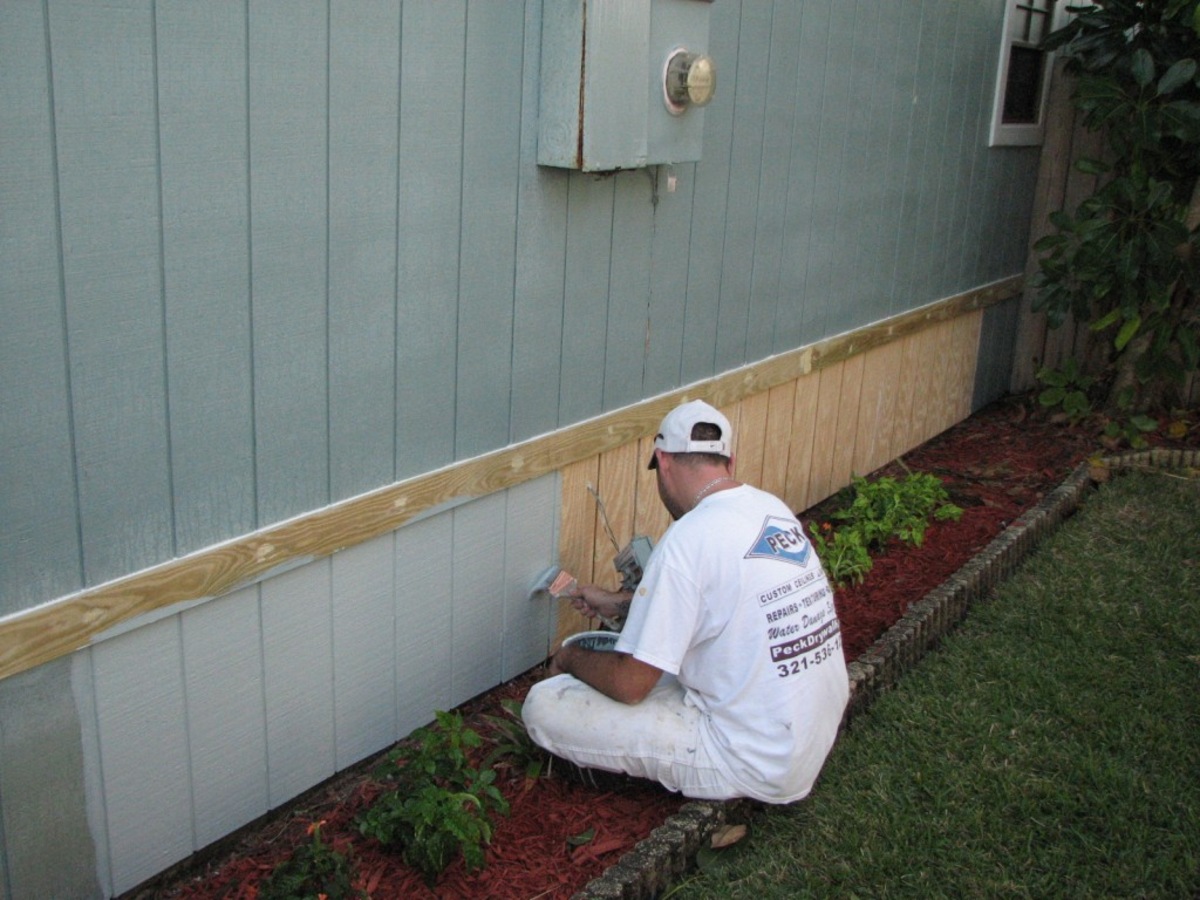
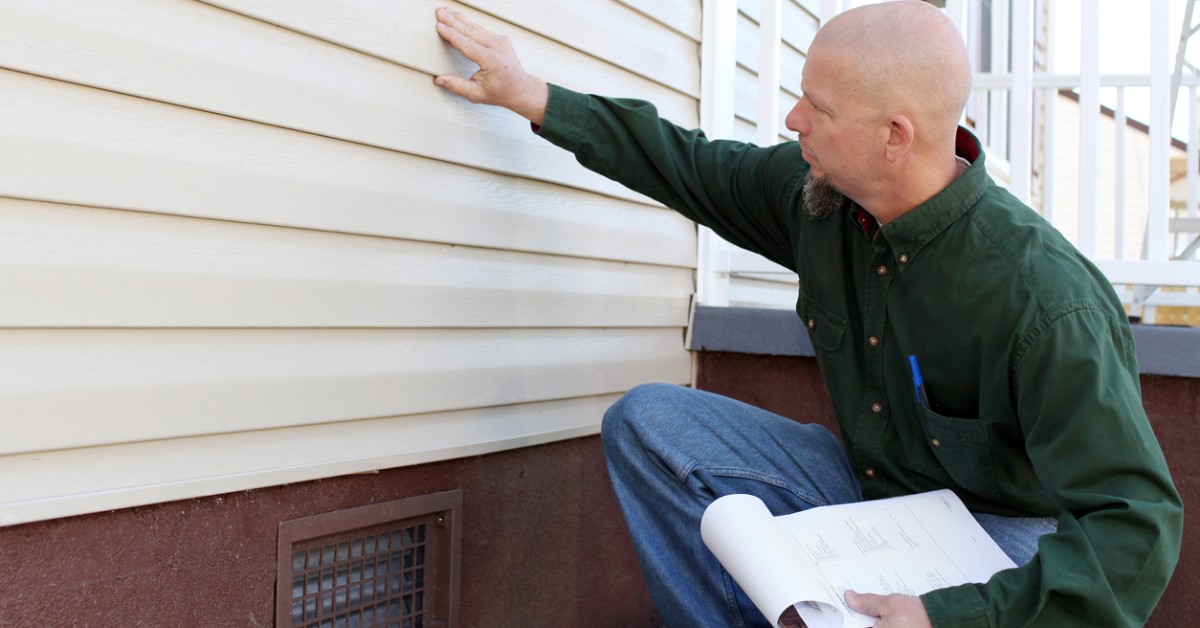
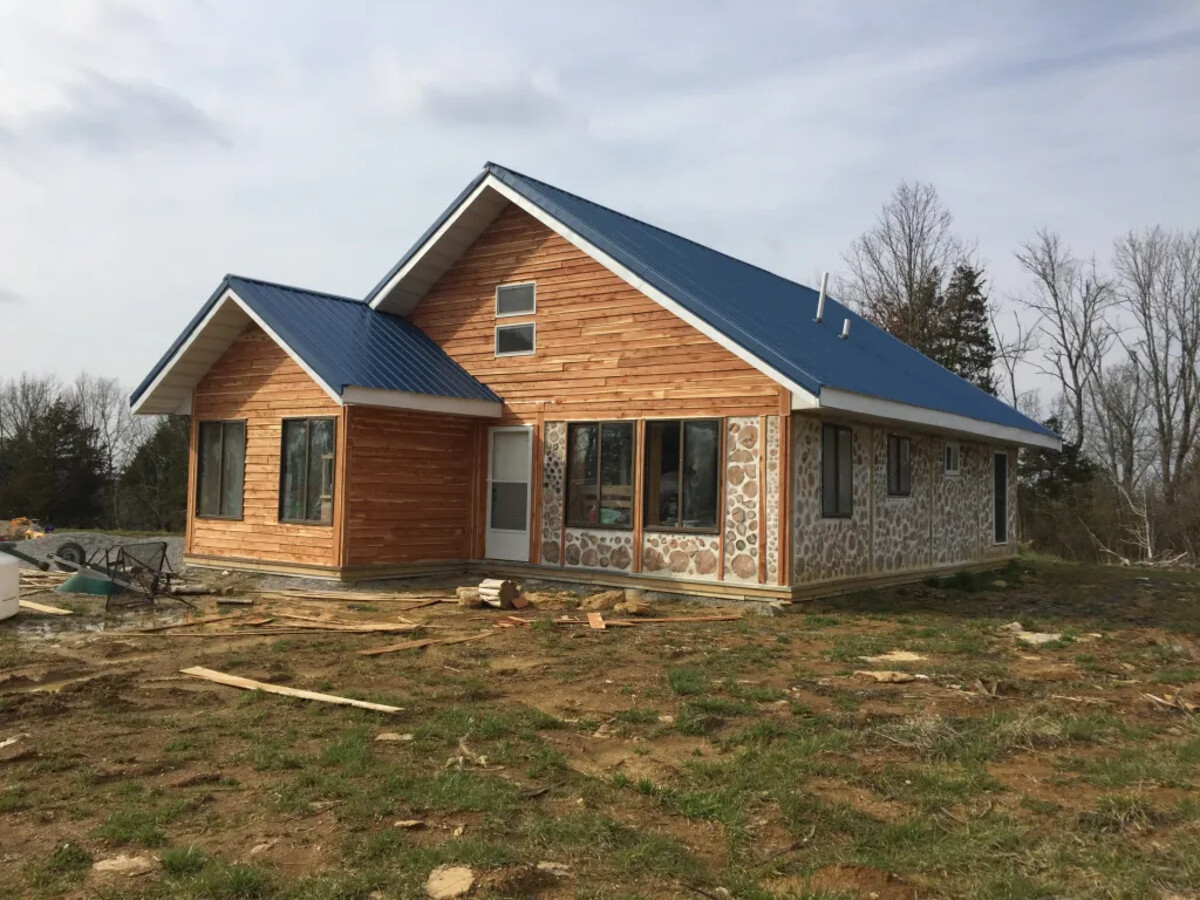
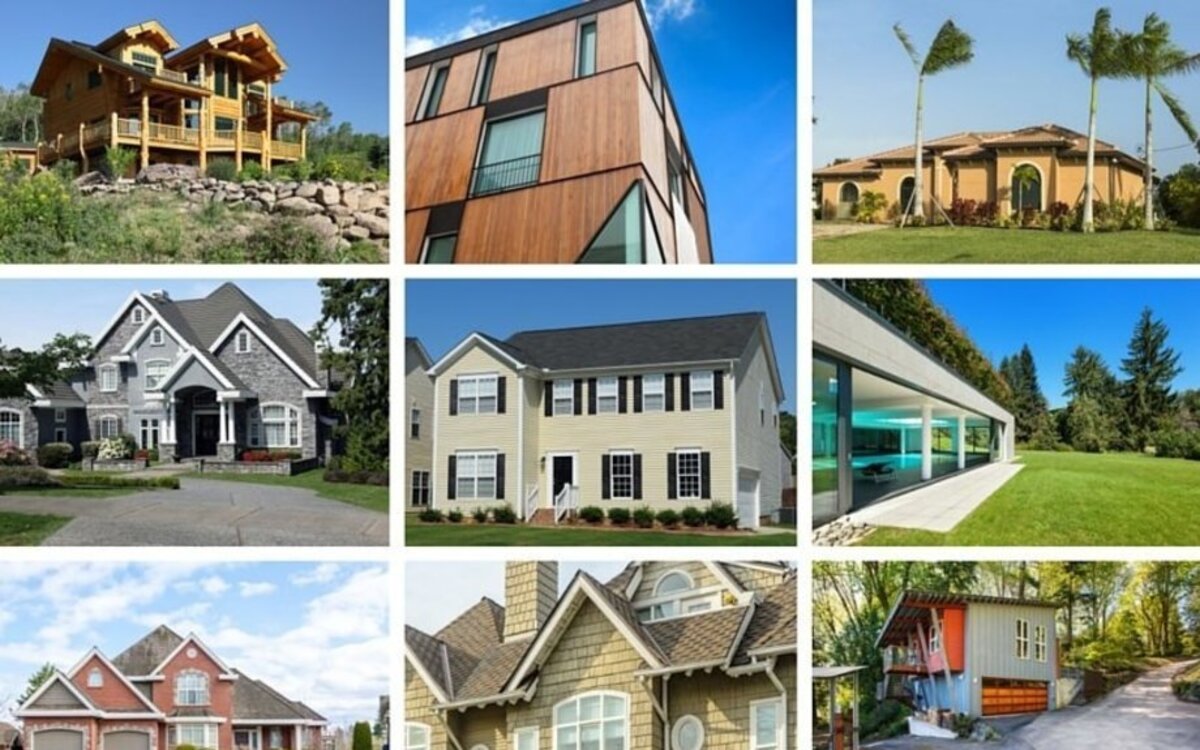
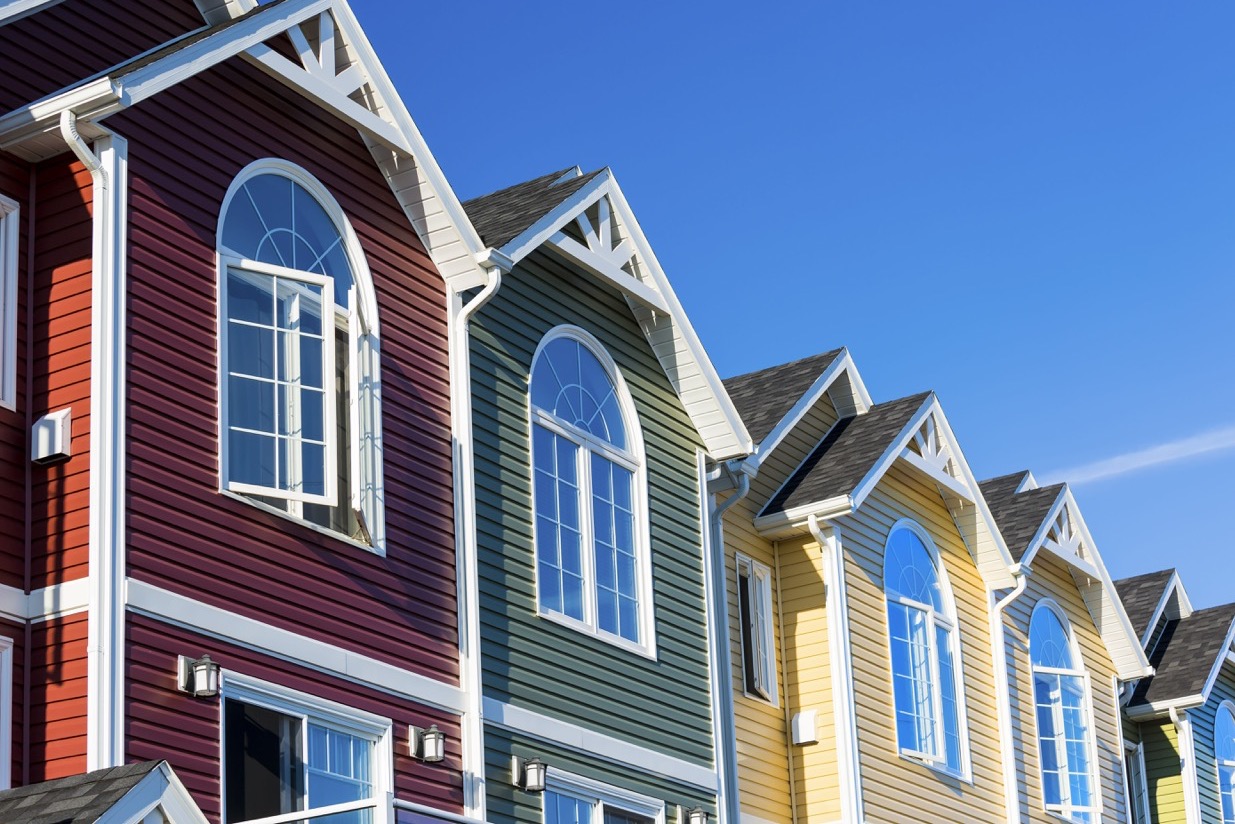
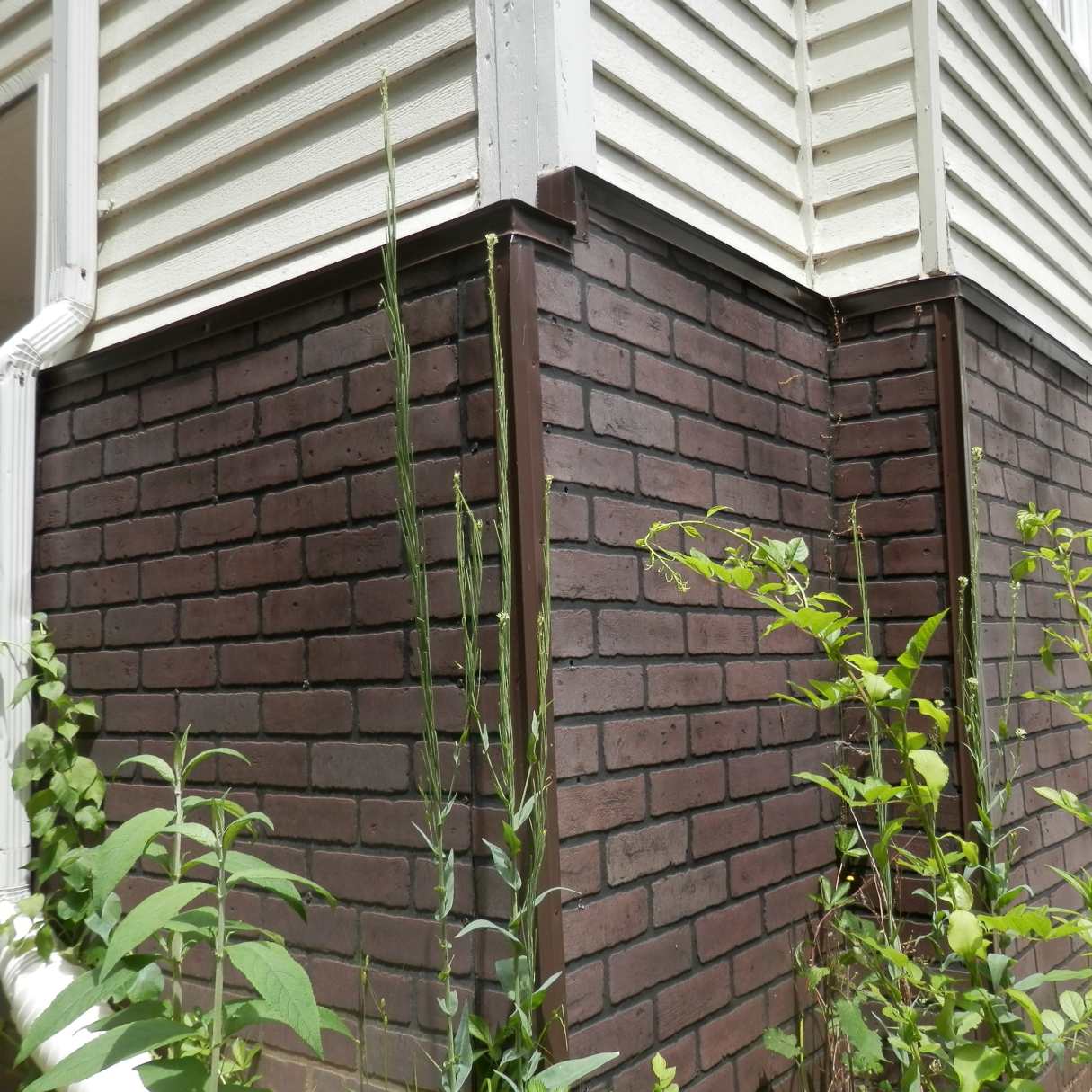
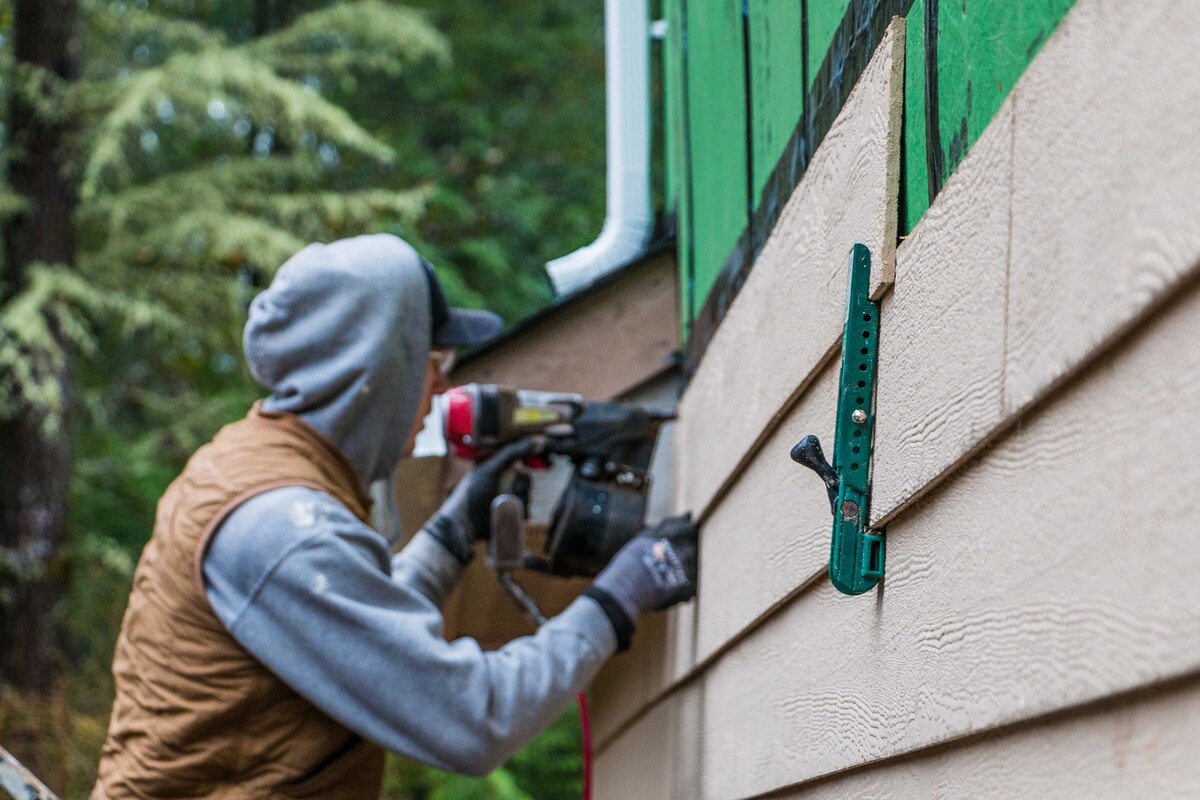
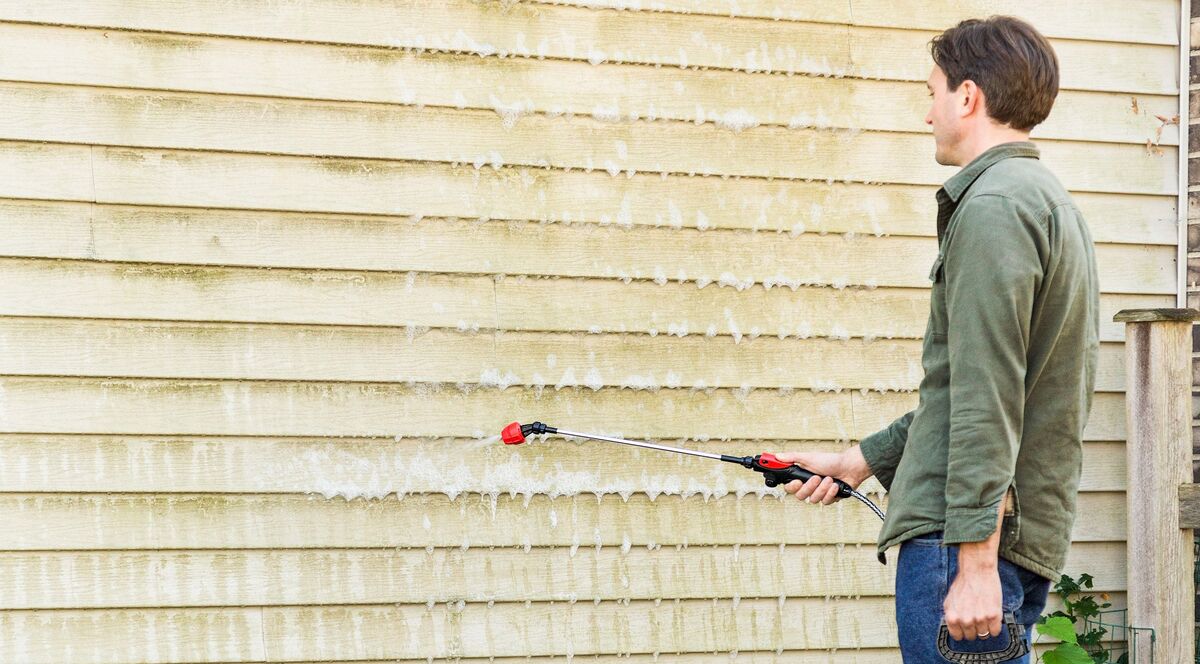
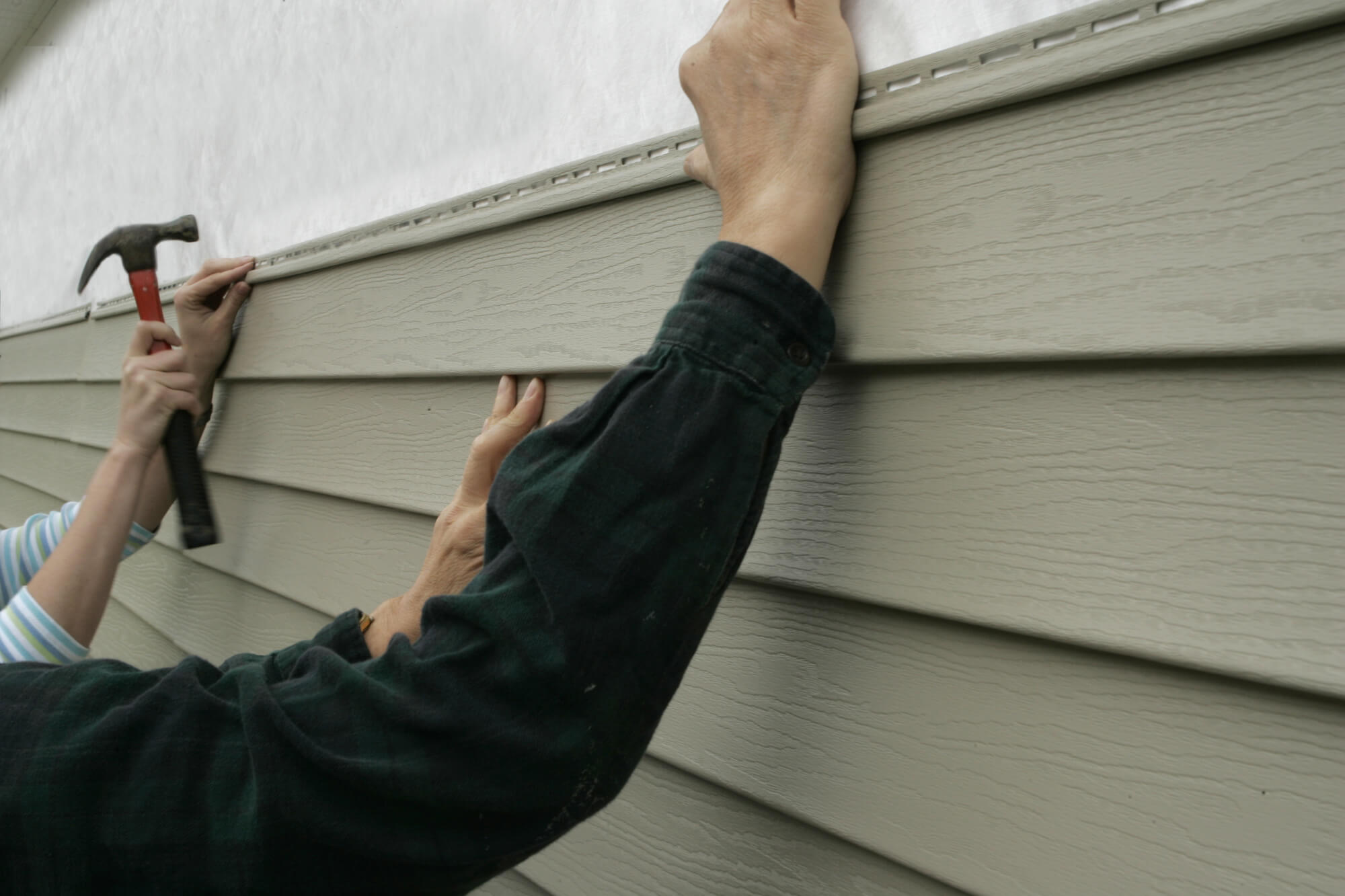
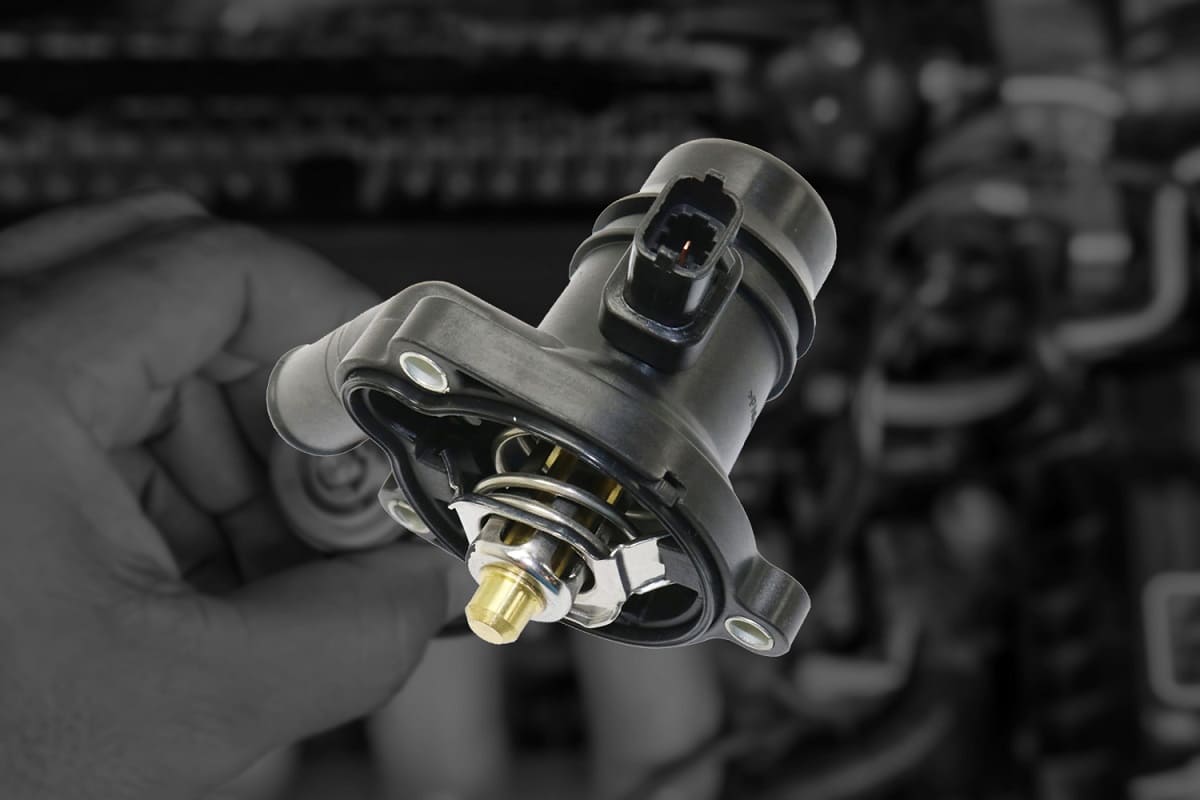
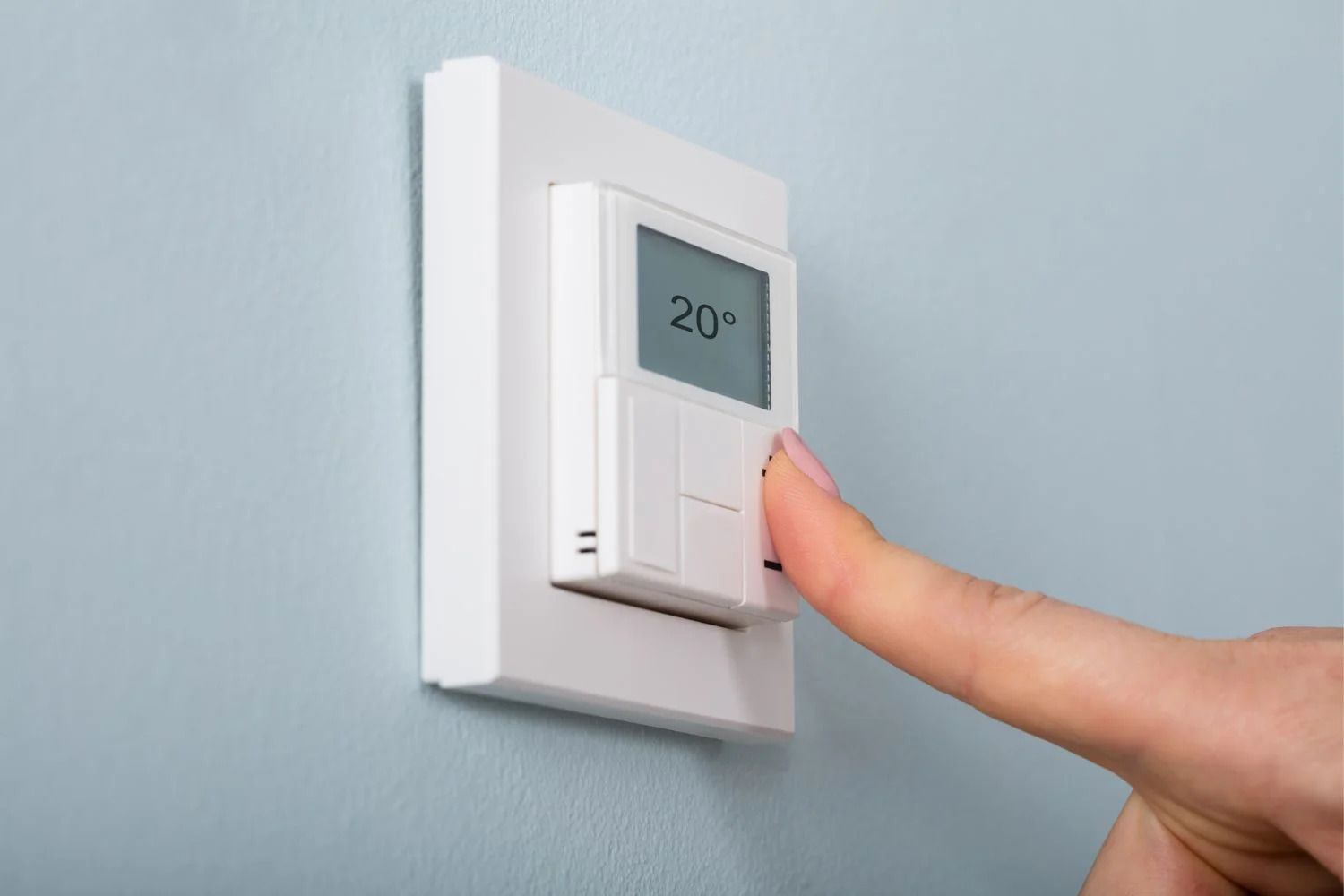
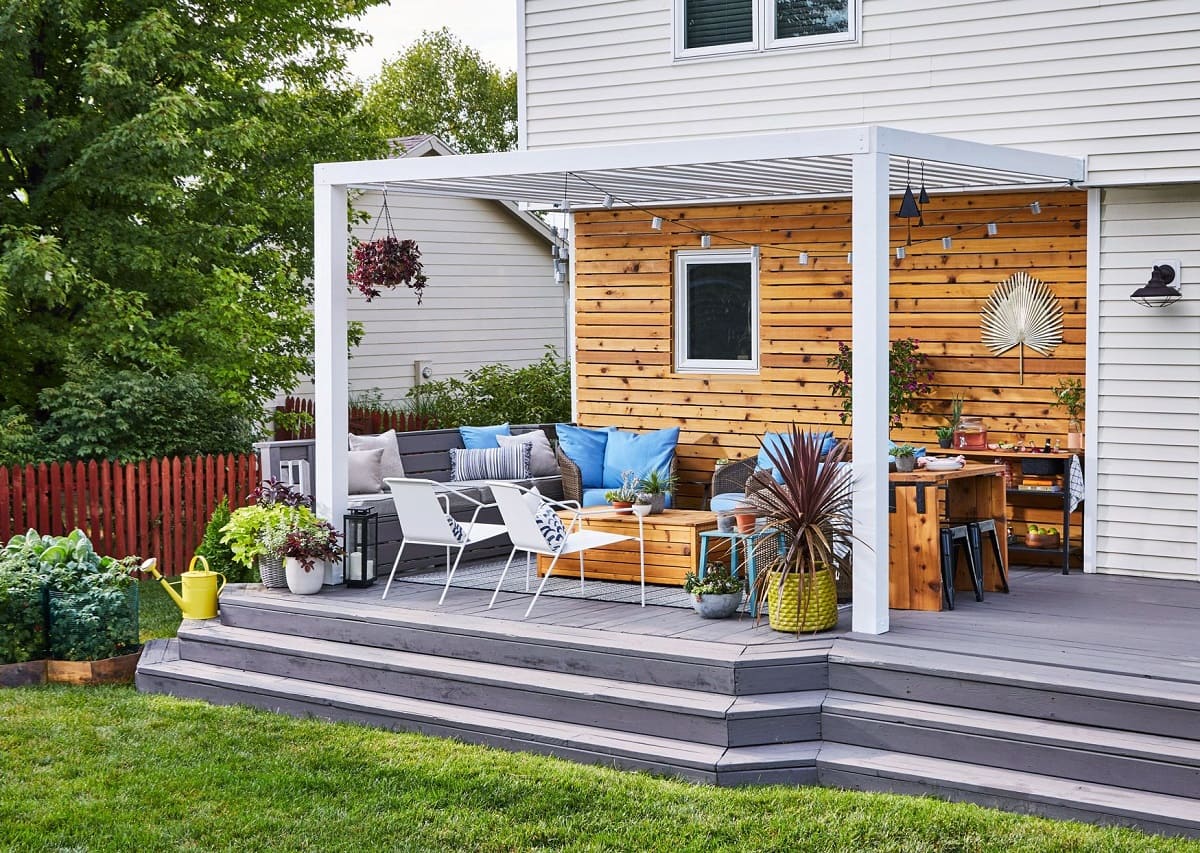
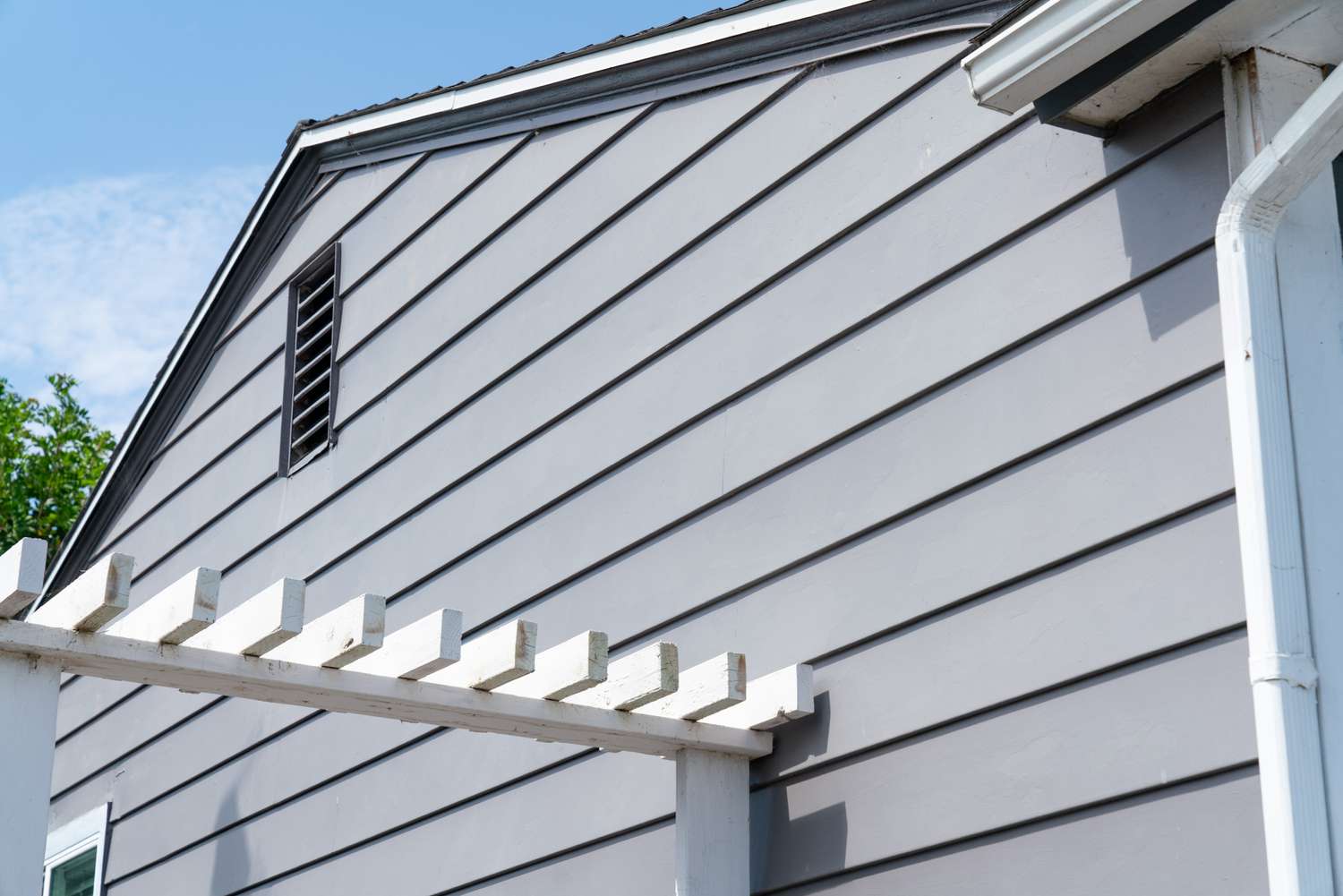

0 thoughts on “When To Replace Siding On House”